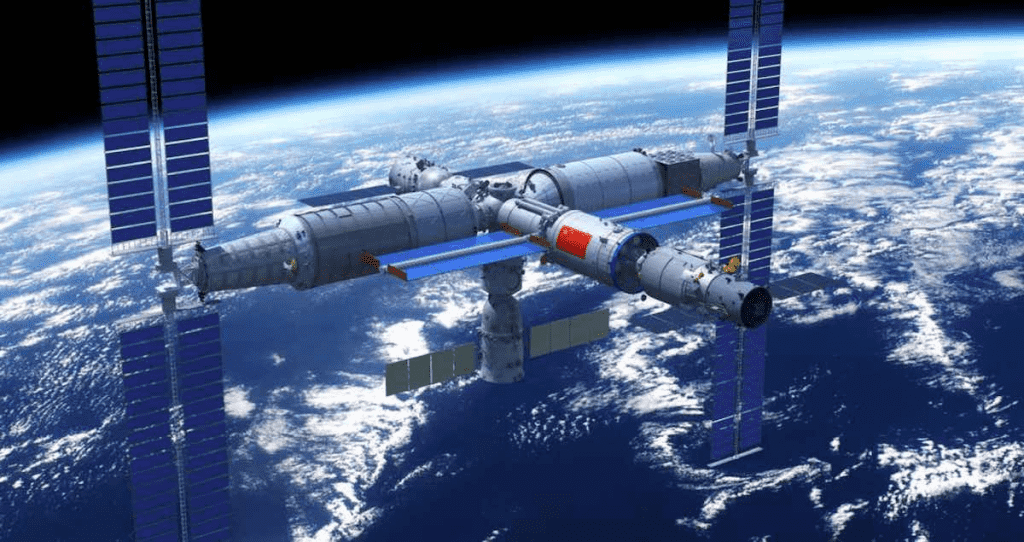On Sunday, July 24, China’s space agency launched one of the two laboratory modules required to complete its orbital space station, a press release reveals.
The Wentian module weighs 23 tons and, according to state-owned Global Times, it is heavier than any other single-module spacecraft currently in orbit.
The Wentian module of the Tiangong space station was launched from Hainan Island, which is at the southernmost point of China. A crowd of space enthusiasts watched on and waved flags throughout the proceedings.
The module launched aboard a Long March 5B remote 3 rocket, and it took approximately eight minutes to reach orbit.

The new Wentian module was designed for science and biology experiments. The second module, the Mengtian, is scheduled to launch in October. Once the second module is launched to orbit, the Tiangong space station should be completed by around the end of the year.
Both will become a part of China’s Tiangong space station, where three astronauts are already stationed aboard the core module. These astronauts will help to position and dock the new module once it arrives at the station.
Fragile relations between the U.S. and Russia have paved the way for more collaboration between Russia and China. The two are working together on a lunar space station after Russia refused to collaborate on NASA’s lunar Gateway program.

China’s space program also launches astronauts into space for the first time in 2003. This makes it the third country to do so with its own space program after the former Soviet Union and the U.S.
The country’s space agency also recently announced it will launch its first large space observatory to orbit near its space station once the space station is completed. The telescope, called Xuntian, or the Chinese Space Station Telescope (CSST) will take large surveys of the sky, and it will have a field of view 300 times greater than the Hubble Space Telescope.


